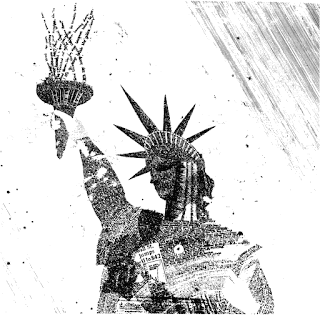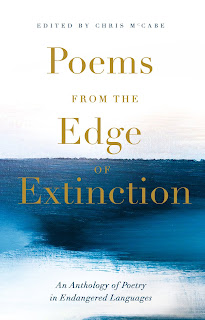talk to that & other poems

This is my first poetry publication for two years, a series of poems exploring cities: Liverpool, New York, Munich and Brasília. The central poem imagines Federico García Lorca, Walt Whitman and Hart Crane meeting in New York. This limited edition chapbook is restricted to 53 copies and is published in Tangerine Press's latest 'Walking Wounded' series, alongside new publications by David Keenan and Wendy Erskine. Order Talk to That & Other Poems from Tangerine Press for £12, inclusive of p&p.




